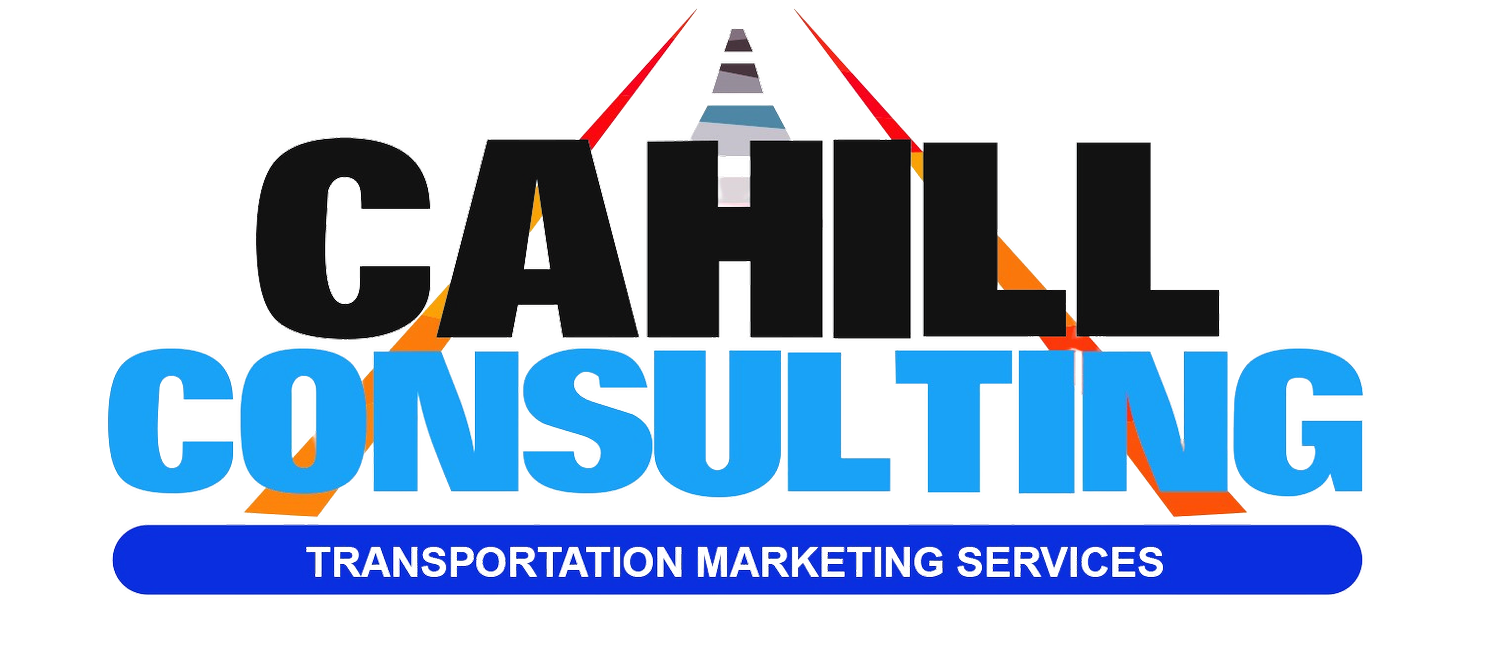Don’t Wing It. Get a Comprehensive Tradeshow Assessment Playbook
A Tradeshow Assessment Playbook is Your Secret Weapon for planning and ROI
Ditch the dartboard approach and unlock the power of data-driven event selection and planning.
Trade shows are a cornerstone of many logistics and supply chain marketing strategies. Because our industry is a relationship-oriented one, events offer a unique opportunity to connect with old and new contacts, showcase products, and generate leads. But with significant investments involved – booth space, travel, marketing materials – ensuring a positive return on investment (ROI) becomes crucial.
This is where a comprehensive tradeshow assessment playbook comes in. Here's why it's a game-changer:
1. From Scattered Decisions to Strategic Selection:
Trade shows abound, each promising a captive audience. Without a clear assessment process, companies often rely on past experiences, recommendations – or worse, pure trial and error – when selecting events.
A comprehensive guide equips you with a framework to evaluate potential shows objectively. It considers factors like target audience demographics, industry trends, past exhibitor experience, competitor participation and methods for post-event analysis. This data-driven approach ensures you choose shows with a higher likelihood of delivering qualified leads.
2. Planning Beyond the Booth:
Trade shows aren't just about having a fancy booth. A successful presence requires meticulous planning – from pre-show lead generation to post-show follow-up strategies.
A thorough assessment playbook acts as a roadmap for planning. It helps you define clear objectives, set budgets, allocate resources effectively, and develop engaging presentations.
3. The Power of Post-Show Analysis:
Trade shows shouldn't be a one-off event. Analyzing their effectiveness is vital for future optimization.
A comprehensive guide includes a section dedicated to post-show evaluation. It outlines key performance indicators (KPIs) like leads generated, sales qualified leads (SQLs), and brand awareness metrics. By measuring these metrics and comparing them to pre-defined goals, companies can assess ROI and identify areas for improvement in future show participation.
4. Streamlined Decision-Making:
A well-structured assessment guide promotes clear communication and alignment within your team. Stakeholders can readily understand the reasoning behind show selection, resource allocation, and marketing strategies. This streamlined approach facilitates collaboration and ensures everyone is working towards the same goals.
Conclusion
Trade shows remain an important tool for lead generation. However, maximizing their impact requires a strategic approach. A comprehensive tradeshow assessment guide can empower companies to make informed decisions, plan effectively, and measure results. By implementing this framework, you can ensure your trade show presence translates into qualified leads, increased brand awareness, and ultimately, a strong ROI.

